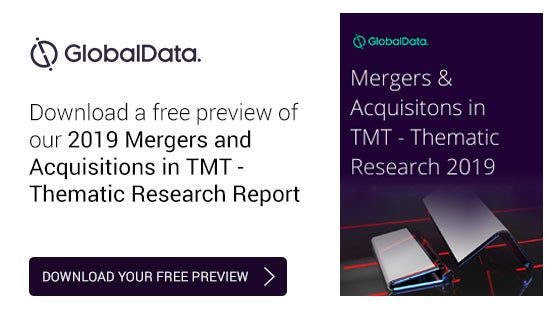CAM Aircraft and Avionics Maintenance and Spare Parts

Cam Aviation A/S (CAM) is a Copenhagen based maintenance facility with an extensive EASA part 145 approval covering most common avionics components repair/overhaul and aircraft maintenance approvals covering single engine airplanes and up to multi-engine turbine airplanes weighing more than 12,500 Lbs.
All technicians at CAM are highly trained and each has between 7 and 15 years of hands-on experience with the Hawker Beechcraft product. This guarantees our customers high level of quality and the lowest "downtime" and maintenance costs by the shear experience when it comes to handling AOG (aircraft on ground) situations, especially troubleshooting and faults rectification benefits from the high level of experience. This fact and the combination of avionics and maintenance ability will give our customers an unsurpassed service.
CAM Aviation are also proud to inform our customers that we are recognized Hawker Beechcraft Corporation Service Center in Denmark. This will further guarantee our customers the best quality maintenance and benefits in the delivery of spare parts. Not to mention the higher re-sale value of airplanes maintained by factory-approved service centers.
Aircraft maintenance
Our aircraft maintenance workshop covers all kinds of maintenance capabilities, including:
- Engine and landing gear replacement
- Normal airframe inspection as 50, 100 and 200 hrs inspection
- Engine borescope inspection
- Heavy and minor structural repair and modification
- Fuel quantity and flow system
- Airframe modification
- Cabin repair/modification
- Composite repair
Our maintenance shop has access to all the latest state of the art test equipment to optimize the test / repair / modification process during your maintenance visit in our facility. Our Maintenance department have also a mobile repair team that are ready and motivated to meet you with our assistance, at the locations that your needs are required.
Avionics maintenance
Our Avionics maintenance workshop covers the repair, test, modification and installation of:
- VHF, HF and AM/FM COM radio
- VHF navigation receivers
- Audio and intercom systems
- Autopilot / flight director systems
- GPS systems
- Digital light recorders
- Cockpit voice recorders
- Cabin entertain system
- Airborne satellite phone
- TCAS system
- GPWS and TAWS system
- Electrical system
- Transponder system
- Fuel quantity and flow system
- GCU (generator control system)
- Weather radar system
- DME system
- ADF system
- Engine indication instruments
- PC-board for a wide range of Beechcraft products
- RVSM
- Avionics modification / upgrade in a Beechcraft Kingair
Our Avionics department was formed in 1991 and have achieved a wide range of experience during all this years in the Avionics industry. Our Avionics department represent the major avionics manufactures as: Rockwell Collins, ACSS, Honeywell (Bendix/King), Garmin, etc.
Aircraft spare parts
Our spare parts department have an extensive selection of aircraft spare parts in it’s inventory. The inventory range go from hardware to landing gear, windshield, flowpacks, and a wide range of Avionics units as VHF COM, VHF NAV receivers, WXR Radar, GPWS, GPS, audio system, DFDR, CVR, Stall Computers, GCU, etc.
Furthermore, our spare parts department have online connection to Hawker Beechcraft Corporation Service Spare Parts Inventory (Rapid). This guarantee our customer the best and quickest access to original Hawker Beechcraft spare parts. We are also dealer and/or service center for following: Rockwell-Collins, Garmin, Honeywell (Bendix/King), ACSS (Aviation Communication & Surveillance System, David Clark headset, and many more manufacturers of aviation products.
Products and Services
Video
White Papers
Related Projects

Beechcraft King Air 250

LM-100J Super Hercules Commercial Freighter

Extra 330LE Electric Aircraft

Marenco Swisshelicopter’s SKYe SH09 Helicopter

Stemme Twin Voyager S12 Motor Glider

Bombardier Challenger 350 Business Jet

ONE Light Sport Aircraft
Press Release
Regional Offices
Hawker Beechcraft Service Center Denmark
Hangarvej A2
4000 Roskilde
Other
Denmark












